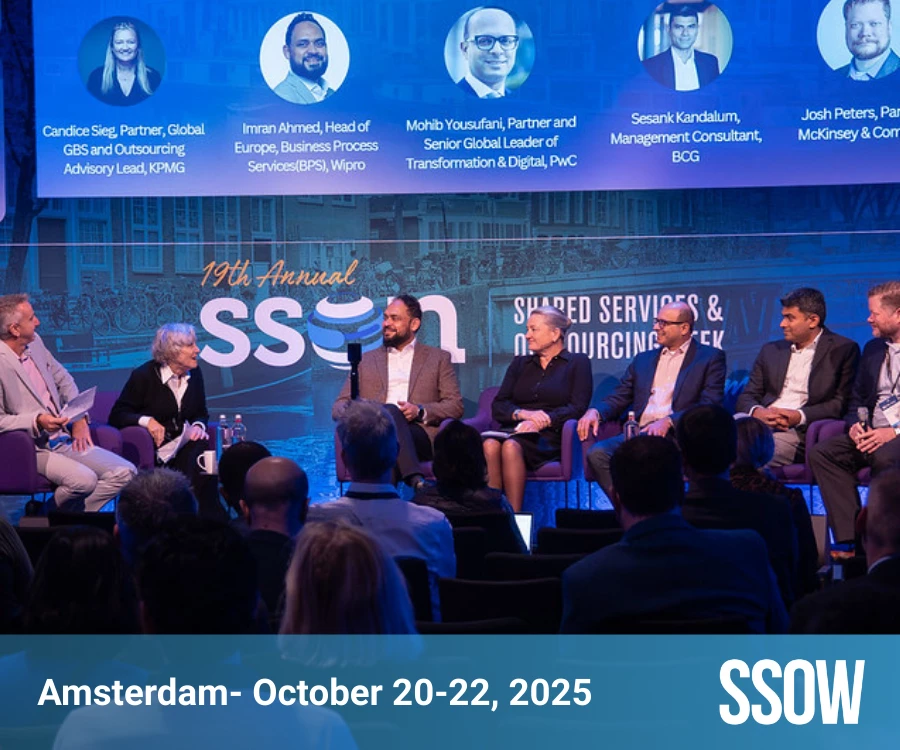Generative AI in Shared Services: An Introductory Guide
Add bookmark
Generative artificial intelligence (AI) is a transformative technology that has the potential to significantly impact shared services. In this article, we'll explore what generative AI is, how it works, and its potential applications in shared services.
What is Generative AI?
Generative AI is a type of artificial intelligence that enables machines to generate new content or data, such as text, images, or even entire applications. Unlike other types of AI, such as predictive or prescriptive AI, which are based on existing data, generative AI creates new data or content by learning patterns and rules from existing data.
Generative AI is based on machine learning algorithms that use deep neural networks to analyze and learn from large amounts of data. These algorithms are capable of generating new content by synthesizing patterns and relationships in the data and creating new outputs that match these patterns. This process is known as "generative modeling."
How does Generative AI work?
Generative AI works by training machine learning models on large datasets of existing content or data. The machine learning models learn patterns and relationships in the data and use these patterns to generate new content that is similar to the original data.
For example, a generative AI model trained on a dataset of images of cats can generate new images of cats that have similar features and characteristics to the original dataset. Similarly, a generative AI model trained on a dataset of customer service conversations can generate new conversations that sound like they were spoken by human agents.
Generative AI can be trained on a variety of data types, including text, images, video, and audio. The type of data that is used to train the generative AI model will determine the type of content or data that the model can generate.
Applications of Generative AI in Shared Services
Generative AI has a wide range of potential applications in shared services. Here are some of the ways that generative AI can be used to improve efficiency and productivity in shared services:
- Customer Service: Generative AI can be used to create chatbots that can handle routine customer service inquiries, freeing up human agents to focus on more complex issues. Chatbots powered by generative AI can generate responses that are similar to those of human agents, providing a seamless customer experience.
- Finance and Accounting: Generative AI can be used to automate repetitive and time-consuming tasks such as data entry, account reconciliation, and invoice processing. This can free up employees in shared services to focus on higher-value activities such as financial analysis and strategy.
- Marketing and Sales: Generative AI can be used to create personalized content and experiences for customers, such as customized product recommendations or marketing messages. This can improve customer satisfaction and loyalty, which can benefit shared services such as marketing and sales.
- Human Resources: Generative AI can be used to streamline recruitment processes by generating job descriptions, screening resumes, and scheduling interviews. This can save time and resources for HR teams, allowing them to focus on more strategic initiatives such as employee engagement and retention.
- Legal: Generative AI can be used to assist with legal research and document drafting. For example, generative AI can be trained on a dataset of legal briefs and use this data to generate new briefs that are relevant to a specific case. This can save time and resources for legal teams, enabling them to focus on more complex legal issues.
Benefits of Generative AI in Shared Services
There are several benefits of using generative AI in shared services, including:
- Increased efficiency and productivity: Generative AI can automate repetitive and time-consuming tasks, freeing up employees in shared services to focus on higher-value activities. For example, chatbots powered by generative AI can handle routine customer service inquiries, leaving human agents to address more complex issues.
- Improved accuracy and quality: Generative AI can analyze large amounts of data to identify patterns and insights that humans may miss. This can lead to more accurate and higher-quality results in shared services, such as finance and accounting.
- Enhanced customer experience: Generative AI can create personalized content and experiences for customers, such as customized product recommendations or marketing messages. This can improve customer satisfaction and loyalty, which can benefit shared services such as marketing and sales.
- Faster innovation: Generative AI can generate ideas and prototypes faster than humans, enabling shared services to innovate and develop new products or services more quickly. This can give organizations a competitive advantage in their respective markets.
- Cost savings: Generative AI can reduce costs in shared services by automating tasks and improving efficiency. This can free up resources that can be allocated to other areas of the organization.
Drawbacks of Generative AI in Shared Services
Whilst there are several benefits, there are also potential roadblocks with using this new concept in shared services, including:
- Job displacement: Generative AI has the potential to automate many tasks currently performed by humans in shared services. This could lead to job displacement and require re-skilling or up-skilling of employees.
- Security risks: Generative AI can be vulnerable to security risks such as cyberattacks or data breaches. This can pose a risk to sensitive data managed by shared services such as HR or legal.
- Bias: Generative AI is only as unbiased as the data it is trained on. If the data contains biases, the resulting output from generative AI can also contain biases. This can create ethical and legal issues for shared services such as hiring or promotions.
- Lack of human judgement: Generative AI relies on algorithms and data to generate content or insights. This can limit the ability of shared services to exercise human judgment in decision-making processes.
- Reliance on technology vendors: Generative AI requires specialized expertise and infrastructure to implement and maintain. Shared services may become reliant on technology vendors to provide these services, creating potential vendor lock-in and reducing flexibility.
Generative AI has the potential to significantly impact shared services and change our landscape forever. While the benefits of improved efficiency, accuracy, and innovation are compelling, shared services should be aware of the risks such as job displacement, security, and bias. By carefully managing the implementation and use of generative AI, shared services can harness its potential while mitigating its risks.






















